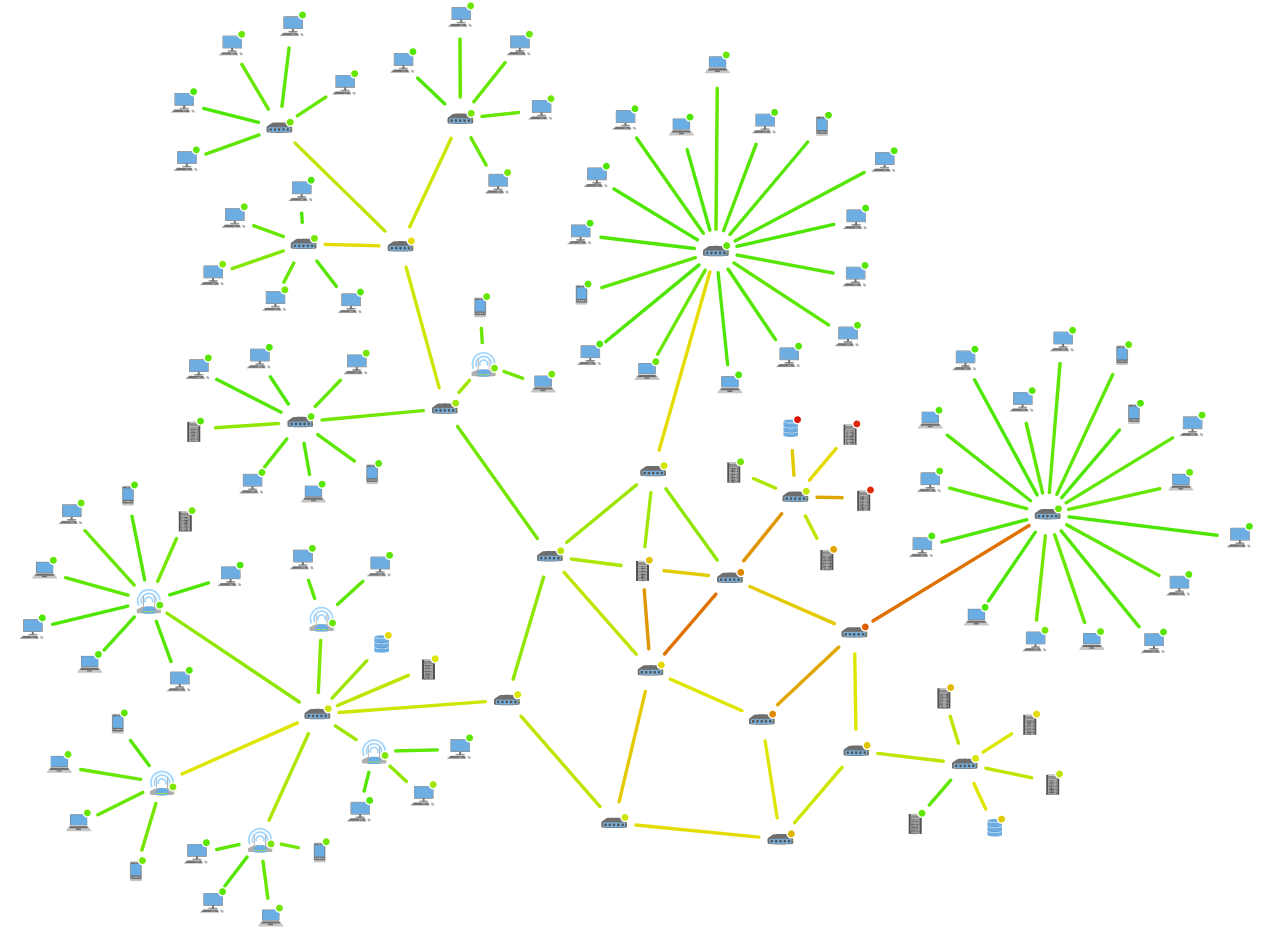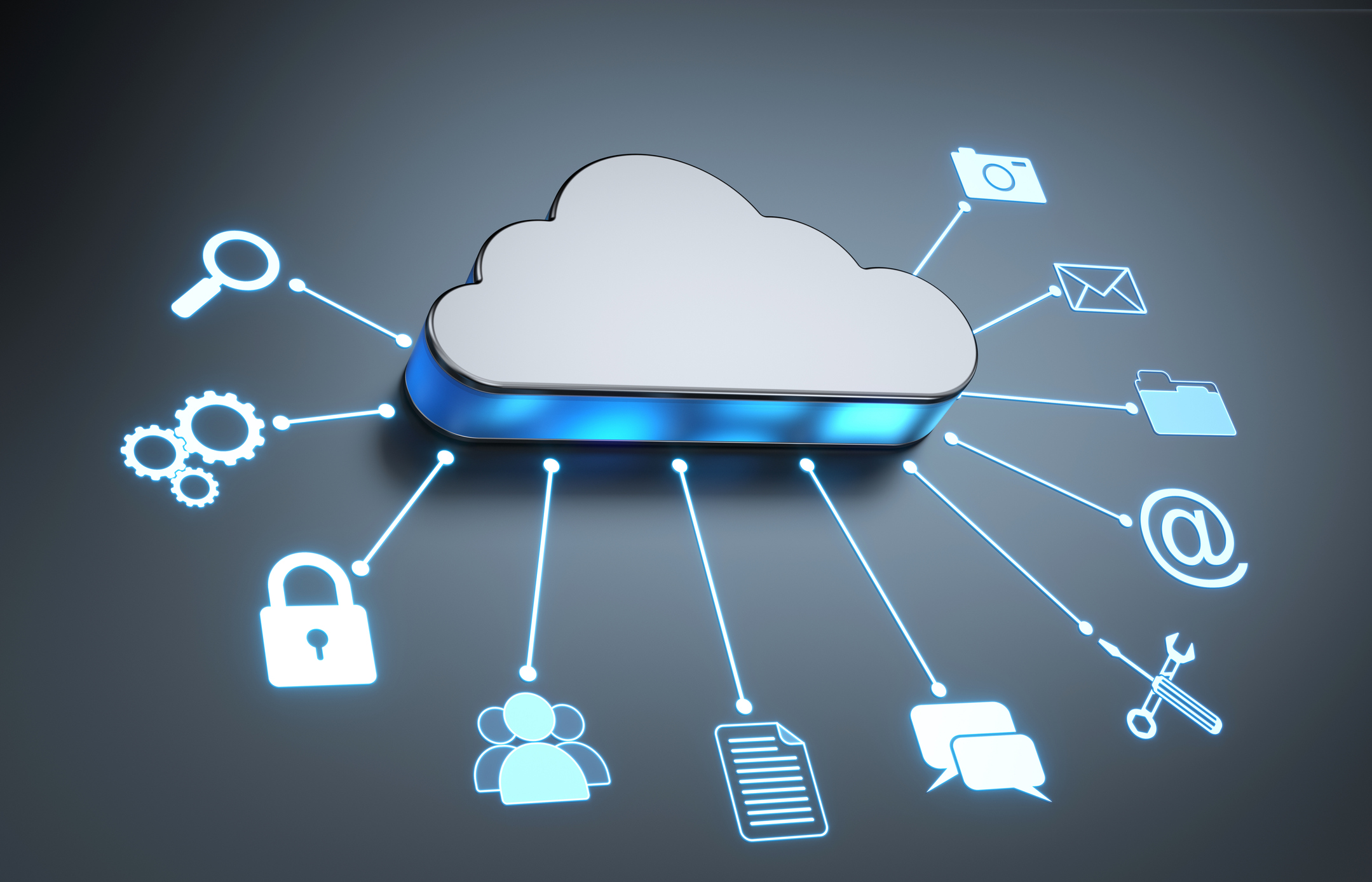

Accounting management: Documents all network utilization information.And a crucial part of configuration management is monitoring and recording any configuration adjustments that occur involving network hardware and software.
 Configuration management : Configuration issues are the main cause of outages, therefore organizations need to have effective tools and best practices to address every aspect of configuration management. Fault management : Addresses the ability to maintain operations of the entire infrastructure, applying a combination of technology and processes to detect, repair and document errors that could interfere with network operations. You should be able to monitor specific areas of the cloud stack as well as the environment as a whole.What are the 5 different types of network management? Either way, the best cloud-monitoring solutions include custom metrics. Some tools are built right into cloud services others are offered by third-party platforms. A variety of automated tools track different areas of performance. A lack of visibility into connectivity between users' communication across a cloud environment puts enterprises at risk of delivering poor digital experiences that adversely impact revenue, brand reputation, and employee productivity. Much of this communication traverses the internet, which has evolved into a mission-critical transport for enterprises. The proliferation of modular application architectures has resulted in a complex matrix of interservice communication across infrastructures and networks that enterprises do not own or control. With that taken care of, you can focus on creating superior customer experiences.
Configuration management : Configuration issues are the main cause of outages, therefore organizations need to have effective tools and best practices to address every aspect of configuration management. Fault management : Addresses the ability to maintain operations of the entire infrastructure, applying a combination of technology and processes to detect, repair and document errors that could interfere with network operations. You should be able to monitor specific areas of the cloud stack as well as the environment as a whole.What are the 5 different types of network management? Either way, the best cloud-monitoring solutions include custom metrics. Some tools are built right into cloud services others are offered by third-party platforms. A variety of automated tools track different areas of performance. A lack of visibility into connectivity between users' communication across a cloud environment puts enterprises at risk of delivering poor digital experiences that adversely impact revenue, brand reputation, and employee productivity. Much of this communication traverses the internet, which has evolved into a mission-critical transport for enterprises. The proliferation of modular application architectures has resulted in a complex matrix of interservice communication across infrastructures and networks that enterprises do not own or control. With that taken care of, you can focus on creating superior customer experiences. 
Secure: The security and privacy of all customer data should be a solution's number 1 priority.This results in identifying any changes in location that may impact performance expectations. Dynamic: A cloud-monitoring platform should be able to measure and alert IT about performance even if or when workloads move.Most solutions also offer web-based dashboards you can view from any device.

It is independent of your own systems, whether or not it is on the corporate network. Remote: Cloud monitoring takes a 360-degree snapshot of your environment.The faster and more data-driven reporting leads to faster resolution, and by discovering the root cause of these issues, you can better plan for the future. Automated monitoring finds patterns in cloud health and performance to predict vulnerabilities before they arise.
#CLOUD BASED NETWORK MONITORING MANUAL#
Proactive: Gone are the days of manual checks. You should be up and running within minutes with no upfront costs or infrastructural changes to your network. Cost-effective: Cloud monitoring is generally subscription-based, which means you pay only for the systems you want to monitor. It is not necessary to engineer for peak loads. The on-demand provisioning of licenses enables you to add new workstations or servers on a self-serve basis. Scalable: Cloud-monitoring tools should grow with your infrastructure. Cloud monitoring provides insights into how the applications interact and perform across the network. It optimizes application performance all the way down to transaction and code-level metrics. Holistic: Cloud monitoring goes beyond basic infrastructure health. These tools are important for unifying large volumes of data across distributed locations, identifying anomalies and their root causes, and predicting potential risks or production outages. Key capabilities of cloud monitoring tools include tracking the consumption and traffic of cloud-hosted resources.Īlso included, and critical to cloud monitoring, are the ability to measure and visualize application and network-layer performance between hybrid cloud, private cloud, and public cloud services. This helps improve visibility across the entire environment, including storage, networks, and apps. Ideally, cloud monitoring works in real time alongside its on-premises and hybrid counterparts.








 0 kommentar(er)
0 kommentar(er)
